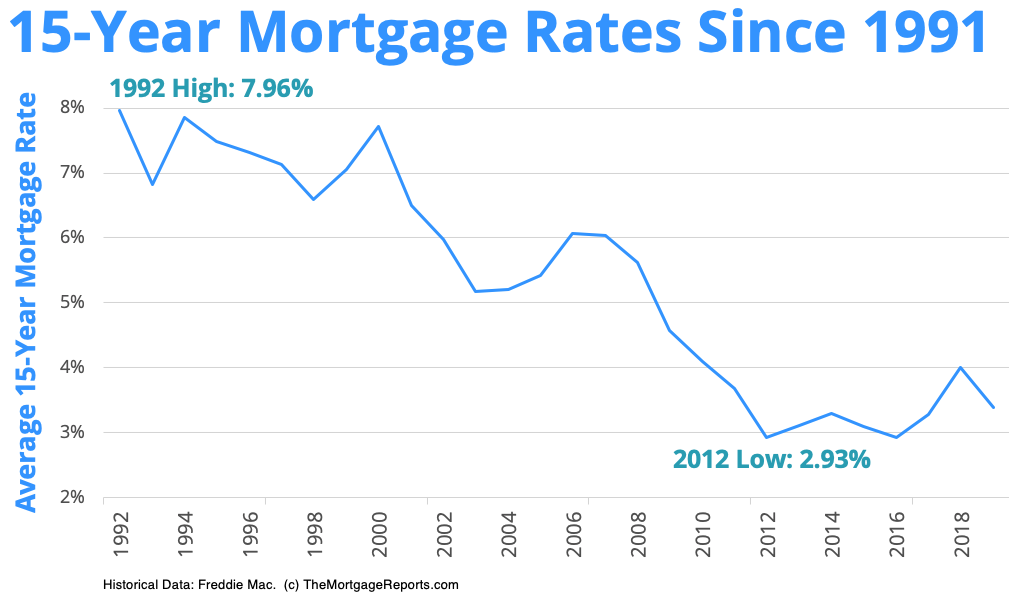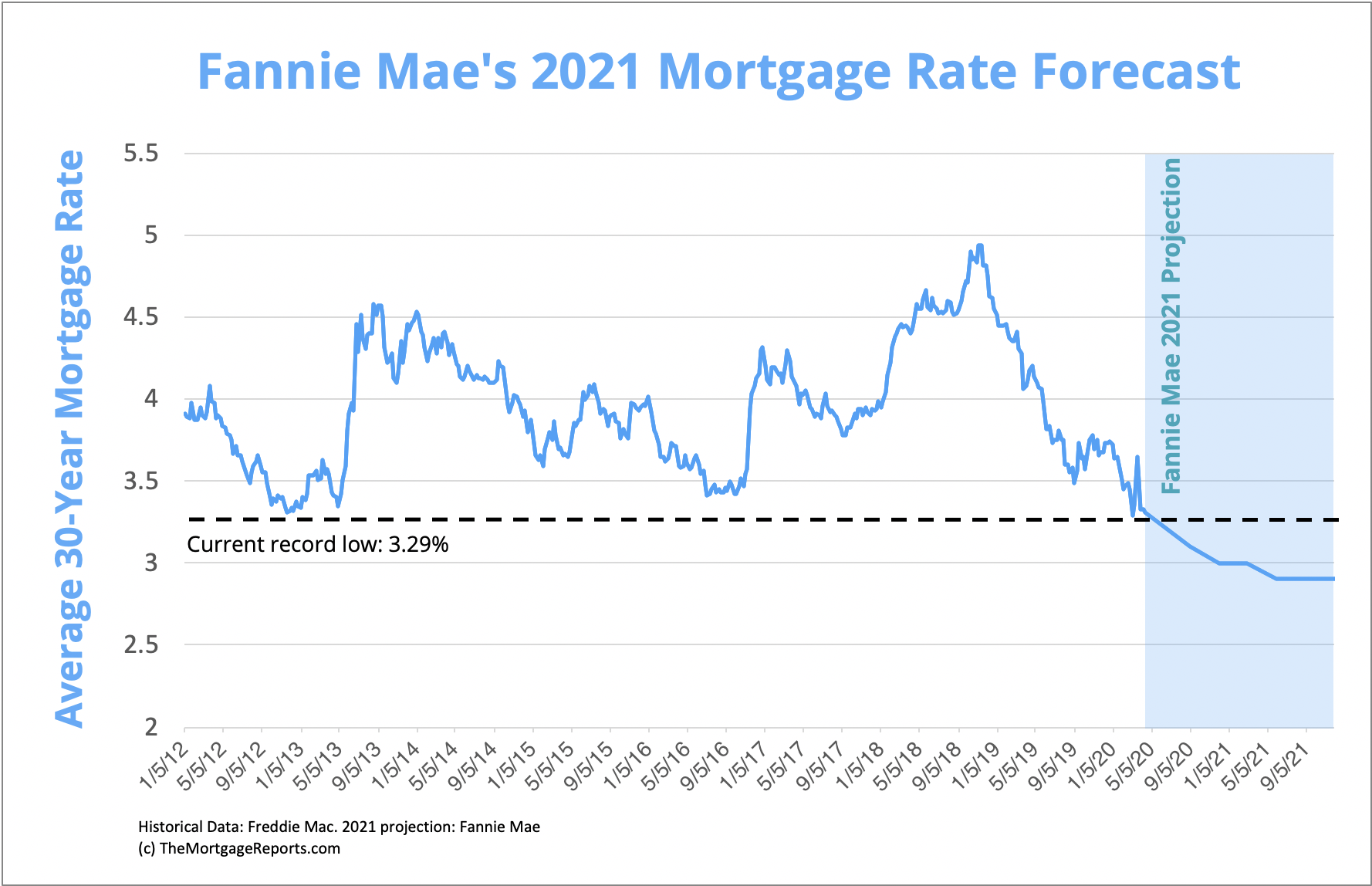45( a). Charging unearned charges might be considered misleading for the following factors. Initially, by wrongly representing on the HUD-1 Settlement Statement that points are discount points, a banks could misinform clients into thinking they were receiving a discount rate off the par rate of interest. When examining the facts, inspectors might consider whether loan officers understood, prior to loan closing, what the rates of interest reduction ought to have been relative to the discount rate points charged and whether timeshares for sale in florida cancellation borrowers were notified that either the discount fees would not lead to a proportional discount rate in the rate of interest or that no discount rate would be provided.
Finally, the misrepresentation would be thought about material if it concerned a sufficiently large amount of unearned costs or affected a large group of customers. Claims made with the understanding that they are incorrect ought to be presumed to be product. For example, a banks's knowledge that costs disclosed as discount points on a HUD-1 Settlement Declaration were not, in reality, leading to a commensurate discount to customers would be presumed product (what are the interest rates on reverse mortgages).
Charging unearned discount rate points can also have fair financing implications. If a creditor charges discount rate points without really lowering the rate and the practice has an unlawful disparate impact, the practice could breach the ECOA, as implemented by Regulation B, and the FHA. Guideline B restricts discrimination against an applicant on a prohibited basis (race, color, religious beliefs, national origin, sex, marital status, age, invoice of public support, or working out rights under the Customer Credit Defense Act) regarding any element of a credit deal.
1002. 4( a). As described in the Official Staff Commentary, the ECOA and Guideline B "may forbid a lender practice that is discriminatory in result because it has a disproportionately negative effect on a forbidden basis, although the financial institution has no intent to discriminate and the practice appears neutral on its face, unless the lender's practice meets a genuine organization requirement that can not fairly be achieved too by means that are less diverse in their impact." Likewise, section 3605 of the FHA prohibits discrimination in residential realty deals since of race, color, religion, sex, handicap, familial status, or nationwide origin.
In some https://blogfreely.net/gettanw1gq/if-they-want-to-make-regular-monthly-payments-and-use-a-few-of-the-cash-for cases, loan officers charged debtors discount points without a commensurate reduction in the note rate. An analytical analysis of the customers reveals that the practice had a diverse effect on Hispanic borrowers. Of the 100 Hispanic borrowers, 40 paid unearned discount points (40 percent). Of the 80 non-Hispanic white borrowers, 20 paid unearned discount rate points (25 percent).
The 7-Minute Rule for How To Calculate Interest Only Mortgages
This difference is statistically considerable at the 5 percent level. If the financial institution in this situation can not provide a genuine company justification for these variations, the practice could constitute a pattern or practice of credit discrimination in offense of the FHA, the ECOA, and Policy B. Section 706( g) of the ECOA, 15 U.S.C.
Department of Justice when a federal banking agency has factor to believe that a financial institution has broken area 701( a) of the ECOA by taking part in a pattern or practice of discrimination and provides discretionary recommendation authority for specific infractions of area 701( a), 15 U.S.C. 1691( a). In Freeman v. Quicken Loans, Inc., 132 S.
2034 (2012 ), the U.S. Supreme Court recently narrowed significantly the circumstances in which an unearned charge will violate section 8( b) of the Property Settlement Procedures Act timeshare resale (RESPA). The Supreme Court unanimously concluded, based on the statutory language, that a section 8( b) infraction for an unearned charge must involve "a charge for settlement services [that] was divided in between 2 or more individuals." Since the complainants in Freeman did not declare that Quicken split discount points with anyone else, the court affirmed the termination of the case.
On August 17, 2012, the CFPB released a rulemaking proposition under Regulation Z to execute mortgage provisions in Title XIV of the Dodd-Frank Act, consisting of a provision in section 1403 limiting discount points. To safeguard consumers while allowing lenders to continue providing home mortgages with discount rate points, the CFPB proposed 2 requirements for discount rate points.
Second, the customer must receive a bona fide decrease in the rate of interest of the loan with discount rate points compared to the interest rate on the alternative loan without discount rate points. Comments on the proposal are due by October 16, 2012. The CFPB anticipates to release a final guideline by January 21, 2013, as needed by area 1400( c)( 1) of the Dodd-Frank Act.
The Best Strategy To Use For What Is The Current Interest Rate For Home Mortgages

Policies, treatments, and controls related to home loan rates ought to be sufficient to avoid loan officers from representing to customers that the rate was reduced because the borrowers bought discount rate points without really lowering the rate. A lending institution's rates policy or standards must specify and state that loan officers are forbidden from charging discount points that do not result in a proportional lowering of the rate of interest.
However, charging unearned discount points can lead to infractions of laws and policies and increased legal and reputational dangers for banks - what are interest rates today on mortgages. Such violations could also result in required remediation to impacted debtors and other supervisory actions, including a possible referral to the U.S. Department of Justice if there is a fair financing violation.

Home mortgage come in variations of these classifications, and home mortgage rates can vary by loan type: include home loans insured by the Federal Real Estate Administration (FHA loans) and home mortgages ensured by the Department of Veterans Affairs (VA loans) and the Department of Agriculture (USDA loans). These loans have lenient qualification requirements and are appealing to newbie home purchasers.
tend to be plain-vanilla home mortgage that satisfy credentials set by mortgage giants Fannie Mae and Freddie Mac. They generally have greater minimum credit report than government-backed loans. Home mortgage rates for these loans can be favorable because lending institutions typically believe they are providing to lower-risk borrowers (why do banks sell mortgages to other banks). A fixed-rate loan has one rate of interest over the life of the home mortgage, so that the month-to-month principal-and-interest payments stay the very same till the loan is paid off.
ARMs usually start out with a low rates of interest for the very first couple of years, but that rate can go higher. MORE: The term is the number of years it will take to settle the home loan. The most common home loan term is thirty years. Another choice is the $115-year term, which is popular for refinancing.
Not known Details About How To Calculate How Much Extra Principal Payments On Mortgages
However over the loan's life, you pay more interest on a term than a 15-year term because you're making two times as numerous payments. Shorter-term home mortgages usually have lower home mortgage rates than long-lasting loans. Debtors may pick other terms, such as 20 or 10 years. There is a limitation on the size of a loan that Fannie Mae and Freddie Mac will back.
The adhering limit differs by county and may be adjusted every year. A is a home loan for more than the adhering limit. The lending criteria tend to be more stringent for jumbo loans: They often require greater minimum credit rating, down payments and debt-to-income ratios than conforming loans. Again, lender danger drives your mortgage rate here.